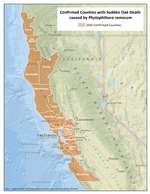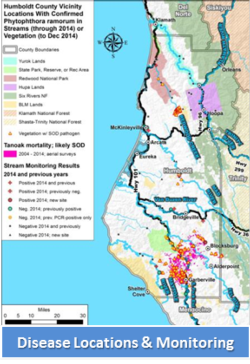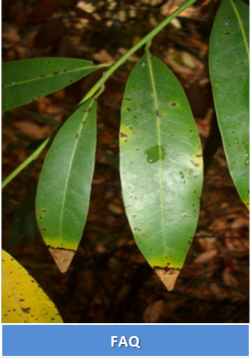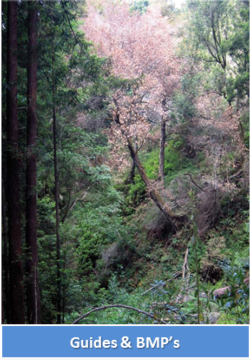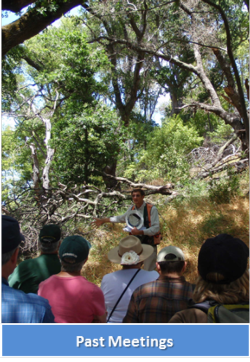Sudden Oak Death
UC Cooperative Extension-Humboldt/Del Norte (UCCE) provides general information about sudden oak death (SOD) caused by the pathogen Phytophthora ramorum. We also monitor for symptoms of SOD in Mendocino, Humboldt, and Del Norte counties and frequently near the western edge of Trinity County. UCCE, together with their partners, is currently working on slowing the spread of the pathogen in forested settings. The following links and downloads present some of the information we've found most relevant to SOD management and monitoring in the North Coast.
What is sudden oak death or SOD?
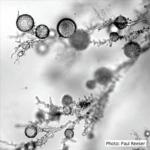
The movement of host materials (leaves, firewood, logs, etc.) within and out of these counties is regulated by State and Federal quarantines to prevent and/or slow further spread of this disease.
Extensive information about the disease, including photographs of susceptible hosts, recent publications, and what to do if you suspect that a host tree or shrub may be infected, can be found at www.suddenoakdeath.org. For more information on quarantines contact the Humboldt/Del Norte/Trinity County Agriculture Commissioner at (707) 441-5260.
For more information
For more general information on sudden oak death, please contact Yana Valachovic, County Director and Forest Advisor at yvala@ucanr.edu, or by calling our office at (707) 445-7351.

